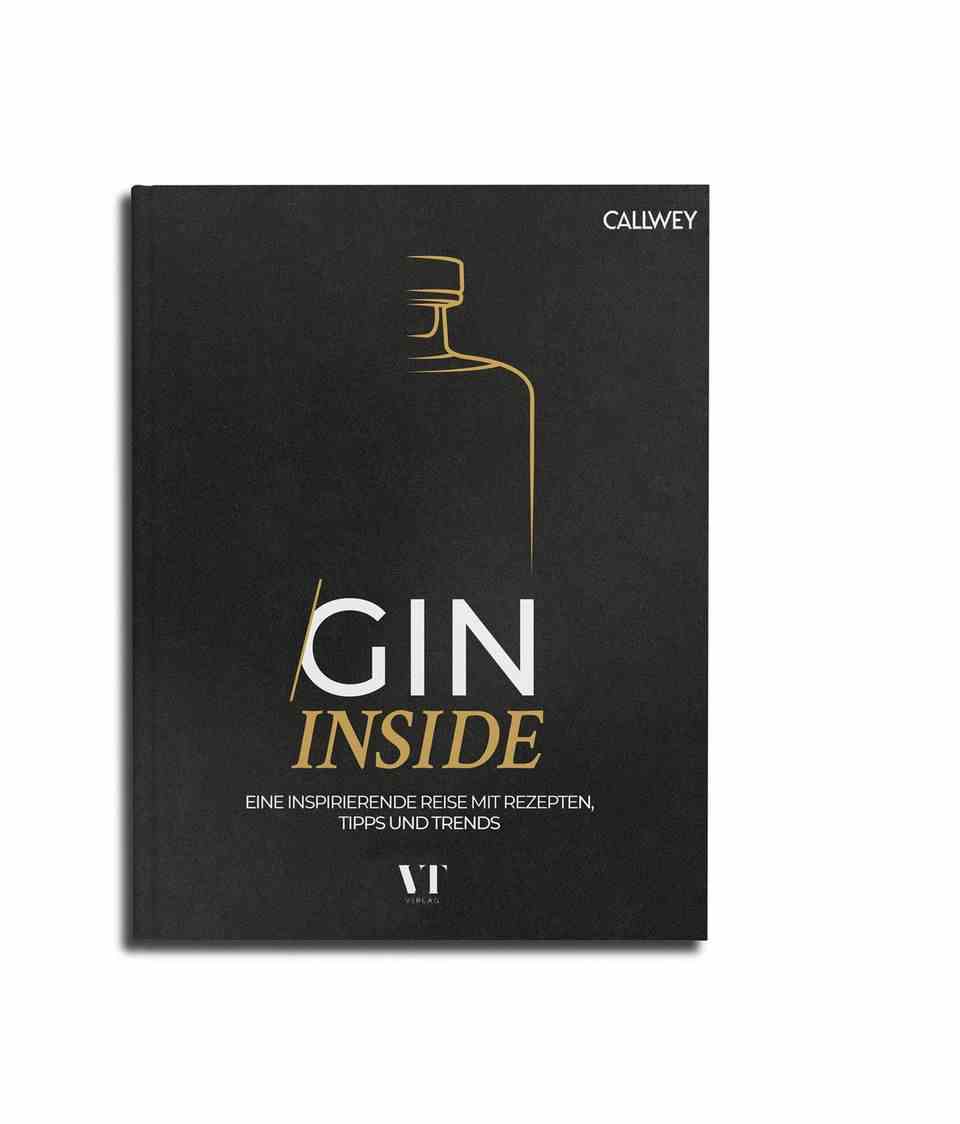spirit
From London Dry to Bathtub: The seven types of gin – and their main differences
What does London Dry Gin have in common with Sloe Gin? Not much!
© MaximFesenko / Getty Images
Whether as a Basil Smash or in the Negroni – gin is an integral part of the bars. It has become a bestseller and the variety of products has literally exploded. But did you know that there are seven different ways to make gin?
Queen Mum was already enjoying it when the bartenders in hip city bars still gave the bottles a wide berth: gin. She is said to have preferred drinking gin and tonic, preferably at lunchtime. At least that’s what is said. She is no longer alone with her affinity. In recent years, gin has celebrated a renaissance like no other spirit has before. Why? It’s incredibly good in a mix – as a Negroni, Gin Basil Smash, Gin Tonic, Martini and and and.
Gin is high-proof alcohol paired with botanicals. Juniper berries should not be missing, otherwise there are almost no limits to creativity. This includes herbs, spices, flowers or citrus peels, the right composition gives the respective gin its own touch. Some manufacturers are content with 5 to 10 botanicals, others use up to 50 for their product. And the market is not yet saturated.
Gins differ not only in taste, but also in the production method. There are seven types of gin.
Seven types of gin
London Dry Gin
Where it says London Dry Gin, the purest variant of gin is inside. The addition of artificial flavors, sugar or coloring is prohibited in London Dry Gin. The botanicals are added during the distillation. The juniper note dominates. This gin variant can be produced anywhere in the world as long as the production rules are observed.
dry gin
With dry gin, too, the gin is distilled with its botanicals. However, this manufacturing method is not quite as strict. Additives such as nature-identical flavors are permitted. Different spirits may also be mixed. This ensures that the taste becomes more complex and the juniper is no longer quite as dominant.
New Western Dry Gin
The Western Dry Gin is made like the Dry Gin, but is a little more variable. The juniper note moves even further into the background with this gin variant, instead the focus is on other botanicals – such as herbs or citrus notes.

There is more about the world of gin in “Gin Inside: An inspiring journey with recipes, tips & tricks”. Callwey, 578 pages, 79.95 euros.
Sloe Gin
This gin variant is not distilled, but prepared – with red sloe berries. Strictly speaking, then, sloe gin is more gin-based liqueur than gin. Firstly because the alcohol content is too low at less than 37.5 percent, but also because sugar is added. The result is a rather fruity gin.
Plymouth Gin
The Plymouth Gin was considered a rather mild gin, mostly sweet and fruity. The juniper also plays a rather subordinate role in this variant. Botanicals come to the fore. The Plymouth Gin may only be produced in Plymouth. In fact, there is only one distillery that continues to produce it.
Old Tom Gin
The Old Tom Gin is a very special gin. The added sugar makes it rather sweet. In addition, its color is not clear, but yellowish. The variant is good in cocktails, but a dry gin should be preferred for gin and tonic.
Bath Tub Gin
This gin variant is something for minimalists. Once brewed behind closed doors in your own bathtub, the production method is still rather simple today. The finely chopped or pressed botanicals are simply placed in alcohol. The aromas are released from the plants during cold maceration – the longer they are left in, the more intense the aroma.



